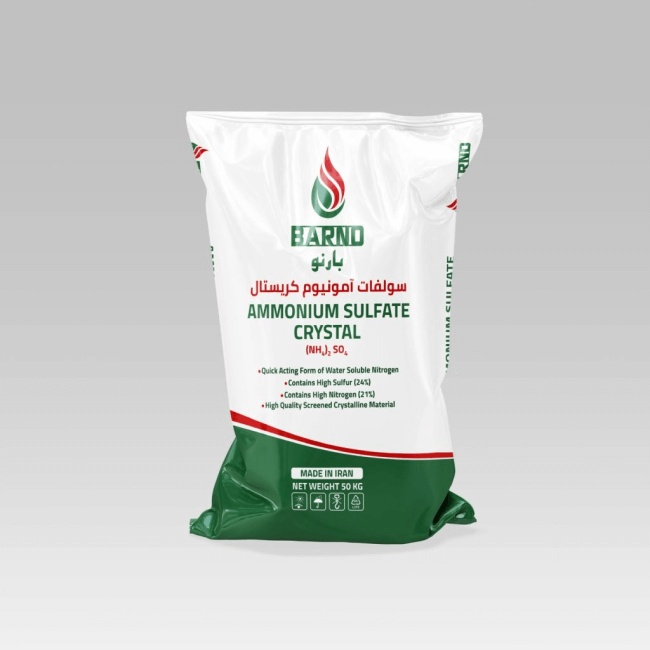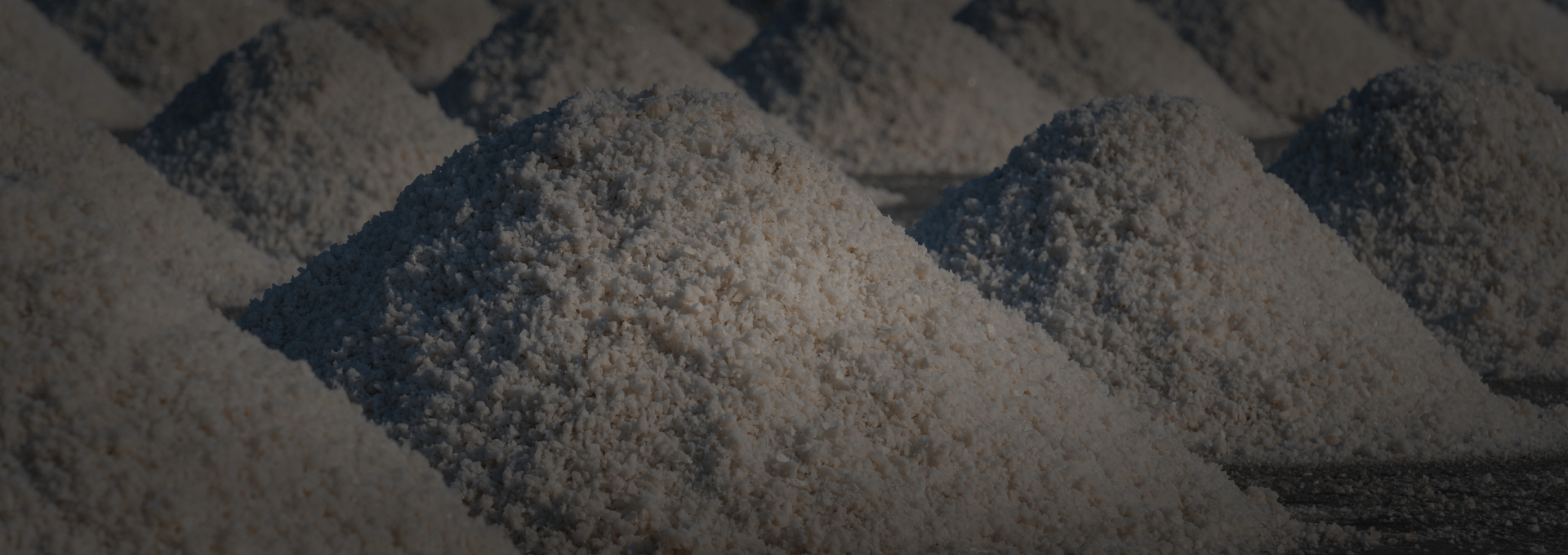Ammonium Sulfate Crystals
Ammonium sulfate, also known as (NH4)2SO4, is a highly efficient inorganic salt that is widely used in the production of chemical fertilizers. This white, crystalline solid has a salty taste, is odorless, and readily dissolves in water, but does not dissolve in acetone. It contains 21% nitrogen in the form of positive ammonium ions and 24% sulfur in the form of sulfate anions. The presence of sulfate in fertilizers is aimed at reducing soil pH, making it acidic, and it is considered the best fertilizer for the soil conditions in Iran.
Ammonium sulfate is one of the oldest and most widely used nitrogen fertilizers, serving as an excellent source of nitrogen and sulfur for fruit trees and agricultural products that have a high demand for these elements.
Ammonium sulfate, a chemical compound with various names including
Hydrogen sulfate ammonium, diammonium sulfate, Mascagnite, Actamaster, Dolamin, ASM, and AS.
The ISIC code for ammonium sulfate is 2412612327

The Advantages of using crystal ammonium sulfate instead of granular ammonium sulfate
- 1
Crystal ammonium sulfate fertilizers are used as substitutes for soil nutrients that are lacking in certain areas. Additionally, due to the alkaline nature of Iranian soils, the use of urea leads to numerous problems in the soil and the toxicity of the products. However, ammonium is absorbed by soil particles due to its positive charge, preventing the leaching of the nitrogen element
- 2
The application of crystal ammonium sulfate fertilizer enhances the incorporation of organic residues back into the soil, thereby contributing to improved soil health and fertility
- 3
Optimal solubility with minimal loss through sublimation and leaching
- 4
It contains ammonia nitrogen, the most favorable form of nitrogen for plant absorption
- 5
This chemical fertilizer is recognized as one of the most cost-effective options, as it contains two essential components, nitrogen (N) and sulfur (S), which are crucial for the production of various products
- 6
It also caters to soil pH regulation and supplies vital nutrients, including iron, manganese, and phosphorus
Production Method
In the initial stage, this substance is manufactured using ammonia derived from either the coal gasification production process or from ammonia obtained from coke used in steelmaking, employing two separate methods. A portion of the resultant ammonium sulfate is a byproduct of certain processes, rather than being intentionally produced. Instances of this include the manufacturing of caprolactam and methyl methacrylate.
The second category encompasses processes in which the production of ammonium sulfate is intentional, with the substance serving as a primary product, and its formation is a planned part of the reactions. Two principal processes, as identified in credible sources, entail the direct reactions between ammonia and sulfuric acid.
